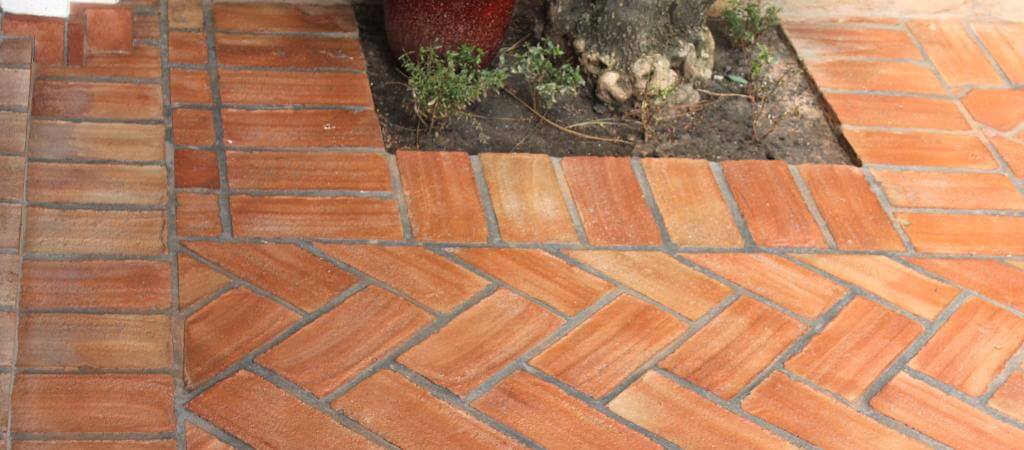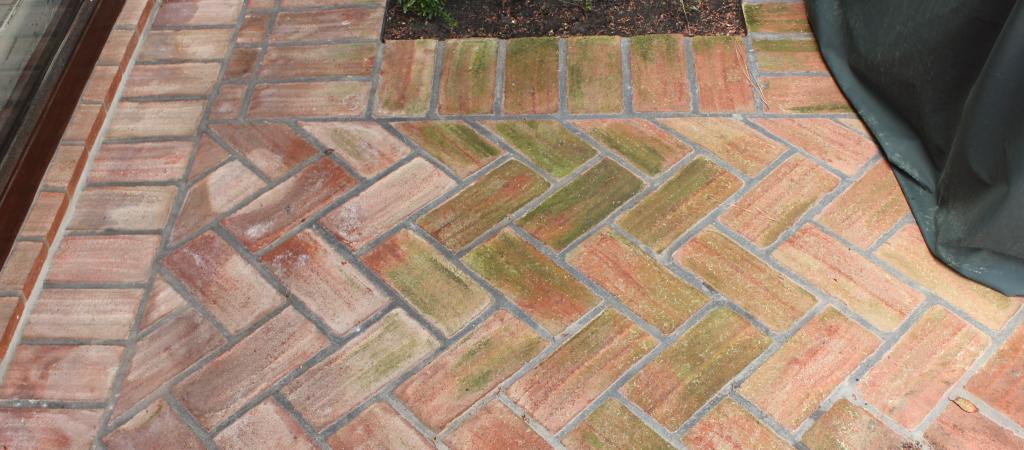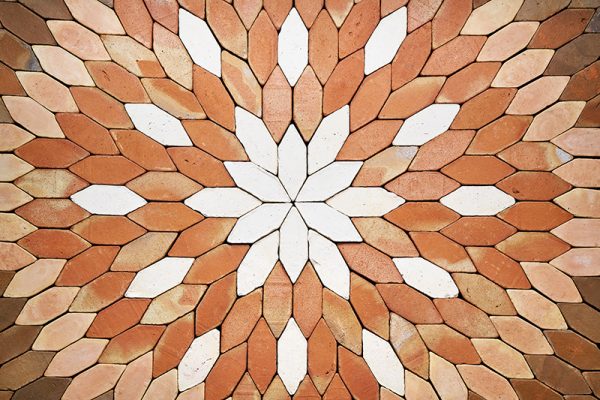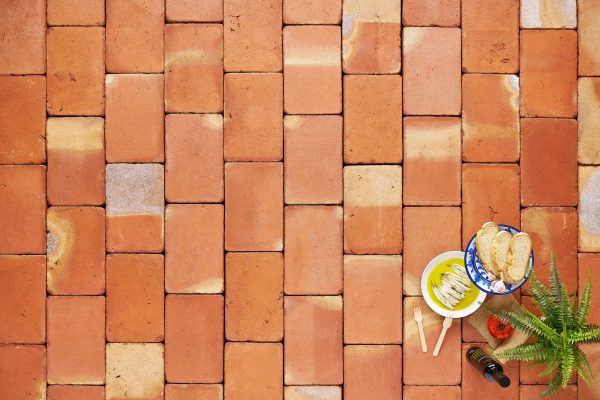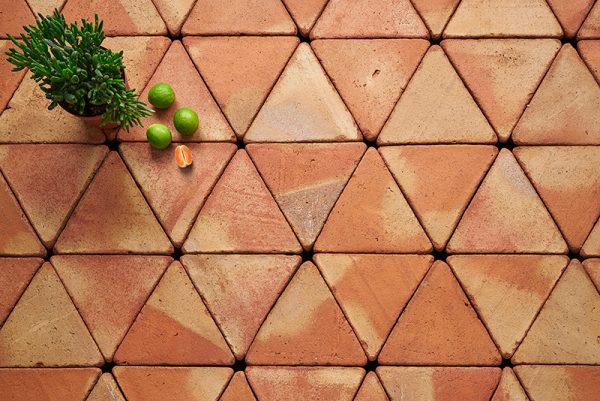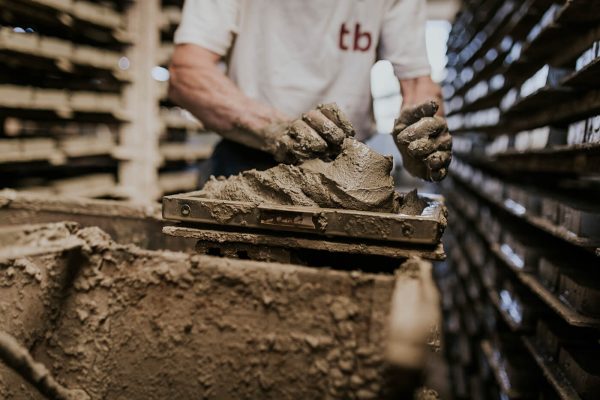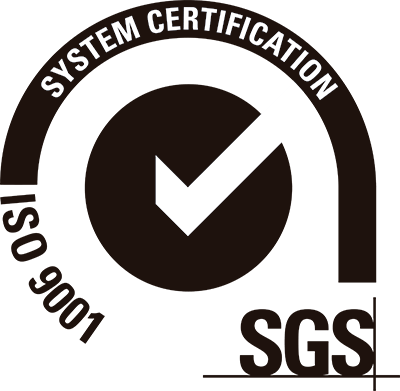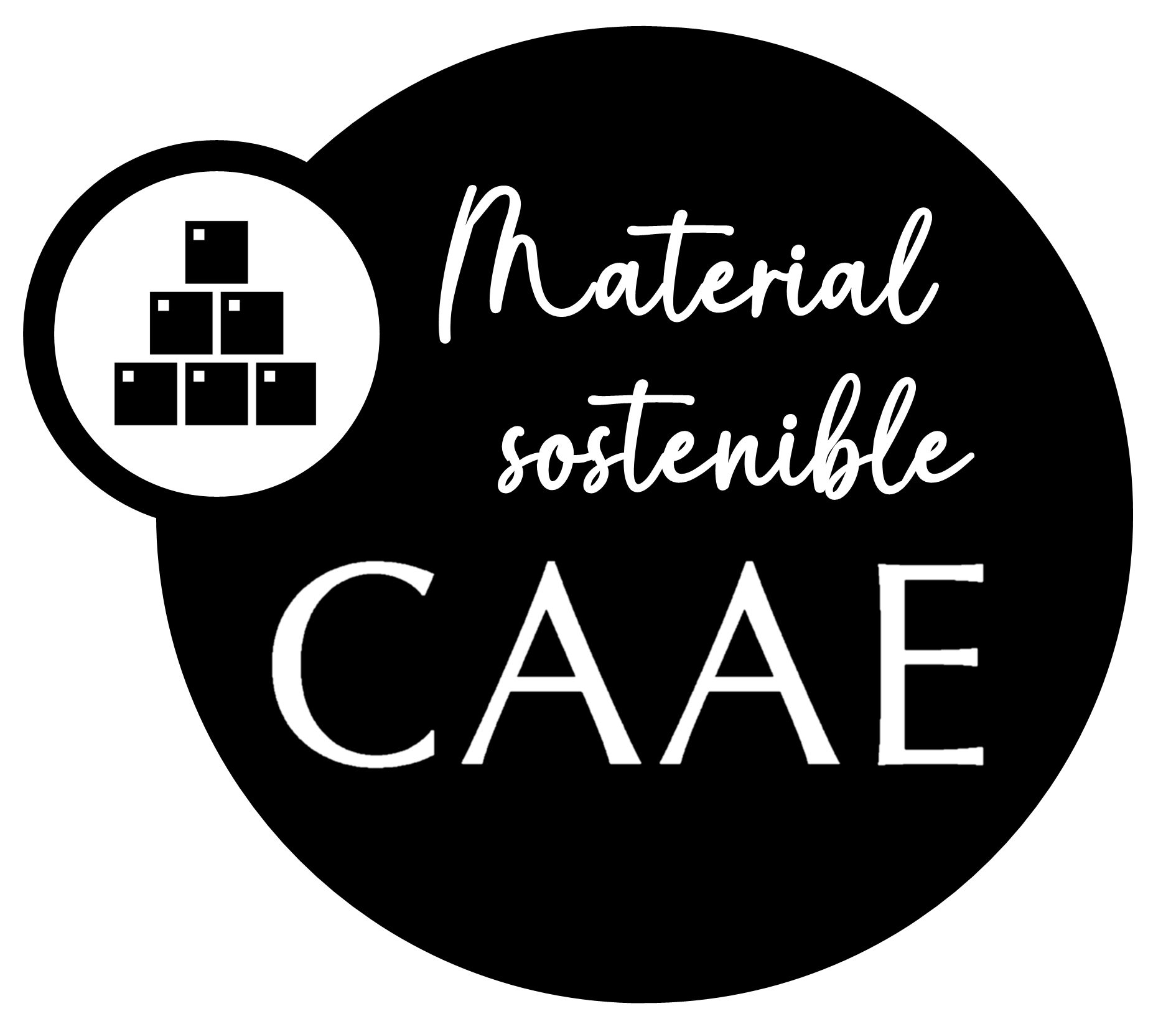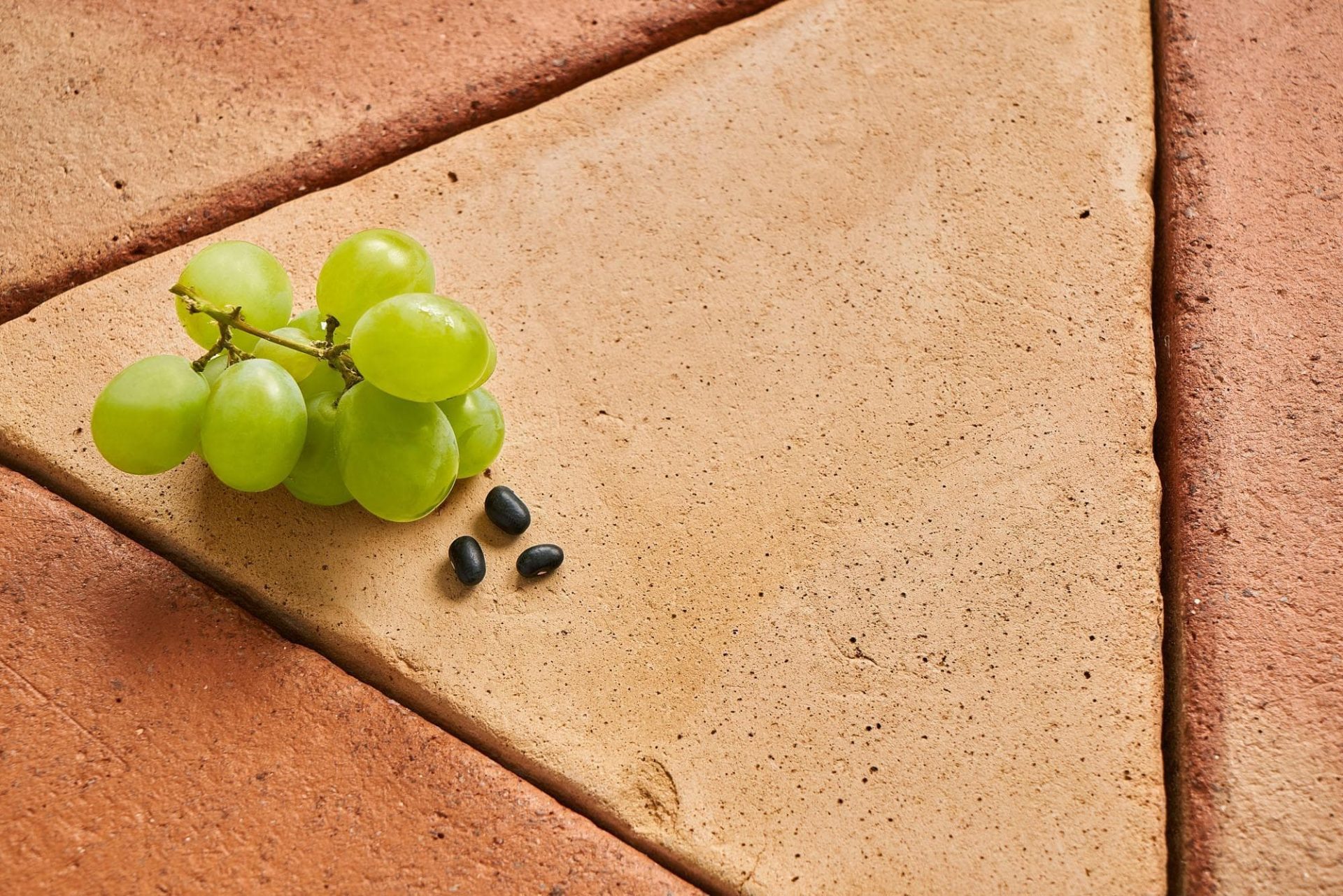
How to remove mildew from terracotta floors
Mildew typically appears on terracotta floors when they are exposed over extended periods of time to humid weather conditions with mid-range temperatures
Mildew typically appears on terracotta floors when they are exposed over extended periods of time to humid weather conditions with mid-range temperatures and when the material itself is porous. In this article, we tell you all about how to remove mildew from terracotta floors.
Moss is a green layer of cryptogam plants (i.e., plants that are devoid of flowers) which grow in fresh waters, primarily in stagnant pools, walls, porous floors, humid areas and in the rinds of certain fruits such as lemons and oranges whenever they go rotten.
According to Merriam Webster, mold is: “a superficial often woolly growth produced especially on damp or decaying organic matter or on living organisms by a fungus”.
Origin of moss
The porosity of ceramic tiles is defined as the number of holes presented by a tile, whether through the evaporation of water during the drying phase or when burning the different substances that make up the ceramic paste during the firing process, depending on the fusion point between each one of them.
The degree of porosity of each type of ceramic pavement defines its capacity to contain liquids inside the tiles and this has a proportional effect with respect to the final hardness of the material.
Moss appears whenever water is absorbed by the terracotta tile and then retained within its internal cavities. At the same time, the tile in question will also need to be located in an area which is not usually exposed to the sun and which is not well ventilated.
This is the perfect environment for the spores of certain cryptogam plants to develop and proliferate. Controlling moisture is therefore fundamental in order to eradicate and prevent the appearance of moss on terracotta floors in the future.
This problem can occur both in indoor and outdoor environments. Indoors, the most critical areas are bathrooms and kitchens, primarily due to the emission of water vapors, and parts of the home where there is little ventilation or infra-red heating systems in place. Outdoors, north-facing surfaces and those which get very few hours of direct sunlight are the best candidates for the development of moss.
How to solve the problem
Once moss begins to develop on a terracotta floor, what can we do about the problem? Once the floor has been swept and completely dried, we use rotary machines to distribute and apply the optimal combination of products needed by the floor. At the same time, we use wet vacuums in order to make sure that the floor does not absorb the dirt and grime.
The use of this equipment is fundamental in order to ensure effective cleaning on surfaces greater than 15 m2. In the case of smaller surfaces, clients can carry out the cleaning procedure themselves simply by following the instructions for the products in question and by using a hand brush and mop instead of mechanical equipment. However, we must say, this is a very labor-intensive and inefficient approach compared with the use of a professional cleaning service.
Once the terracotta floor has been cleaned, we must then wait until it is completely dry before applying a protective treatment. The amount of drying time needed will depend on the season, but a general rule of thumb is between five and ten days. Walking on the floor is not recommended during this time, but if you absolutely need to do so, then be sure to wear thick socks and no shoes to avoid leaving marks.
In order to effectively remove moss, it is necessary not only to first clean the surface using fungicides and algaecides (which cover the surface and prevent the proliferation of future spores) but also to drastically reduce the porosity of the terracotta tile and to boost the preventive action of the cleaning procedure.
None of these measures to maintain ceramic floors will be one hundred percent effective or long-lasting if they are not also combined with a measure to eliminate the origin of the moisture.
This origin may lie in an uninterrupted leak of water from a broken pipe, the improper evacuation of liquids which causes continued waterlogging in areas which are always in the shade or where there is poor or zero ventilation.
How to remove mildew from terracotta floors?
In order to eliminate mold and moss from terracotta floors, the best approach is to use an aqueous solution based on cationic surfactants, humectants and inorganic salts.
This is applied using a rotary machine in order to boost chemical efficiency and then a wet vacuum to rapidly remove the dirt and thus prevent it from being reabsorbed by the high porosity of the terracotta tiles.
This solution:
- Does not emit vapors or leave odors.
- Does not deteriorate the flooring or joints, but rather acts aggressively only against the appearance of mold, scum and concentrations of moss.
- Exerts a fungicidal and algicidal effect which serves to both cure and prevent.
- Is slow-acting and can take between five minutes and several hours to exert its effect.
- Should be combined with a cleaning process to remove salt efflorescence.
- Recommended for use within a temperature range of between 5 ºC and 35 ºC.
- It will be necessary to wear protective goggles and gloves to protect against splashes and injuries
- Materials which are particularly sensitive to alkaline detergents should be protected, e.g., woods, painted surfaces or plastic coatings.
